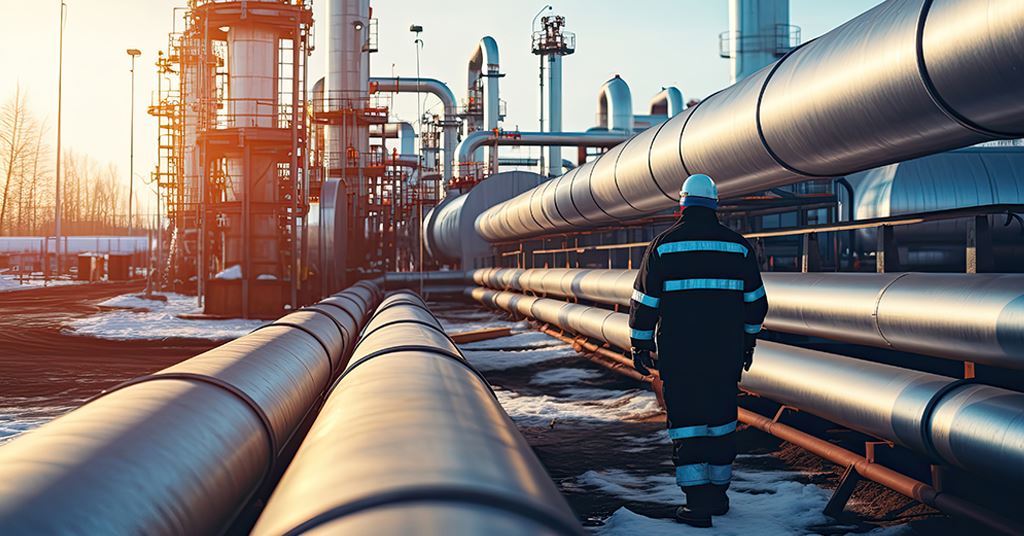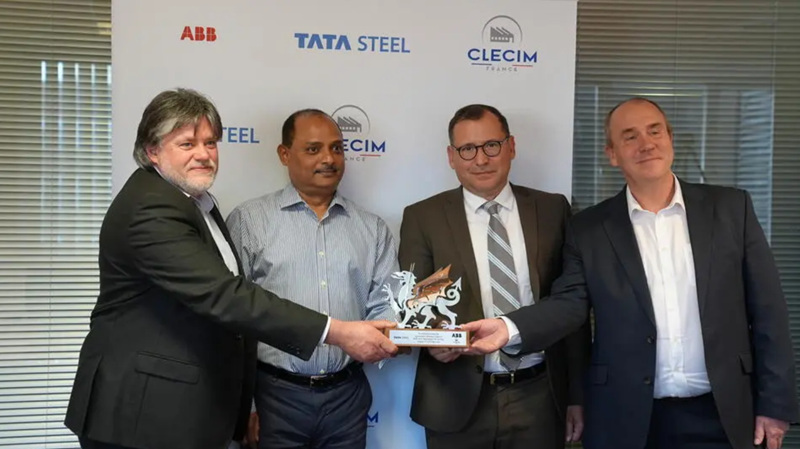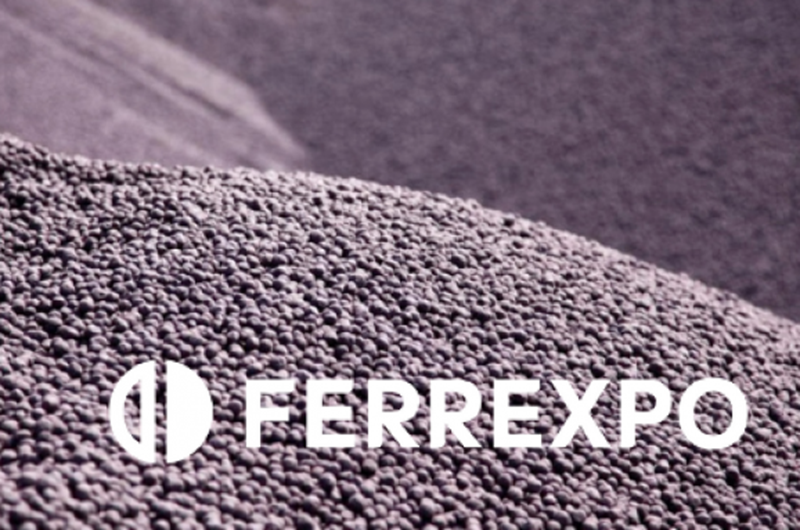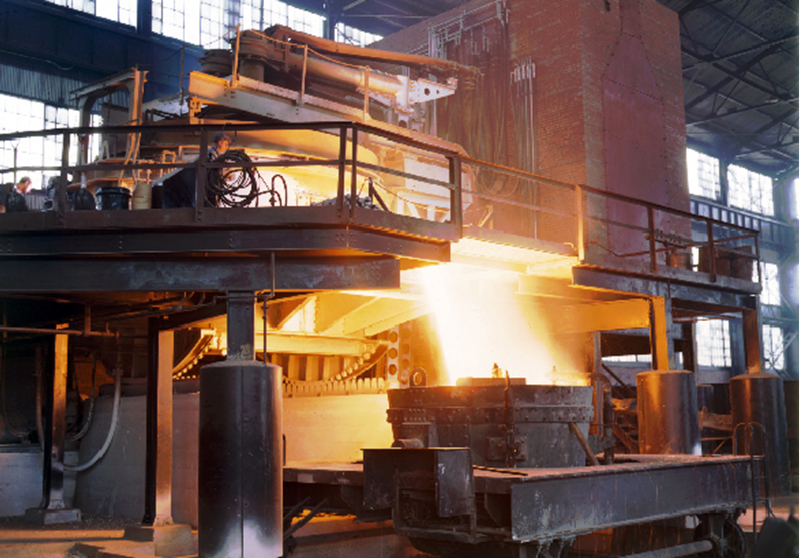India has surpassed China as the leading developer of steel, with a pipeline capacity of 258 million tons per annum (mtpa), according to Global Energy Monitor (GEM). However, this growth brings challenges, particularly India's reliance on coal-powered technologies.
The GEM report reveals a global shift towards greener steel production methods, with 93% of new capacity using lower-emission electric arc furnace (EAF) technology. In contrast, India is predominantly developing steel through the more carbon-intensive basic oxygen furnace (BOF) technology, accounting for 177 mtpa of its new steel capacity.
A significant 84% of India’s planned steel capacity has not yet entered the construction phase, presenting an opportunity for the country to shift towards more environmentally friendly technologies. Marie Armbruster, a project manager at GEM, highlighted India’s crucial role in the global steel industry's push towards net-zero emissions. She urged India to adopt green hydrogen technology for its direct reduced iron (DRI) capacity to align with global net-zero goals.
Globally, the adoption of cleaner EAF technology is increasing, yet coal-based methods still dominate new projects, comprising nearly 46% of all new steelmaking construction. This remains a significant concern for environmentalists.
As India emerges as a steel production leader, the GEM report calls for a strategic reassessment of its production technologies to meet environmental targets and reduce the industry's carbon footprint. Experts argue that this transition is vital not only for sustainability but also for maintaining competitiveness in the global market, which is increasingly focused on eco-friendly practices.











Comments
No comment yet.